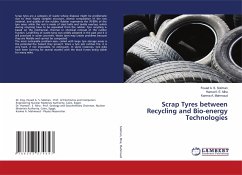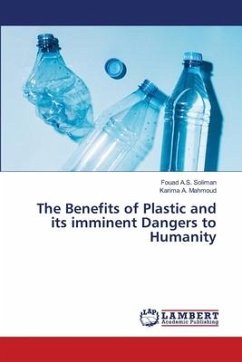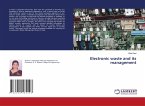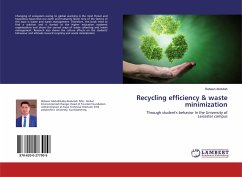Scrap tyres are a category of waste whose disposal might be problematic due to their highly complex structure, diverse composition of the raw material, and quality of the rubber. Rubber represents the 70-80% of the tyre mass, while the rest is made of steel belts and textile overlays, which during recycling have to be separated from the rubber. Tyre recycling is based on the mechanical, thermal or chemical removal of the rubber fraction. Landfilling of waste tyres was widely adopted in the past and it is still practiced in some countries. Waste tyres may create problems because they are flexible and cannot be compacted.The most noticeable problem asso- ciated with large tyre storage areas is the potential fire hazard they present. Once a tyre pile catches fire, it is very hard, if not impossible, to extinguish. In some instances, tyre piles have been burning for several months with the black fumes being visible for many miles.








